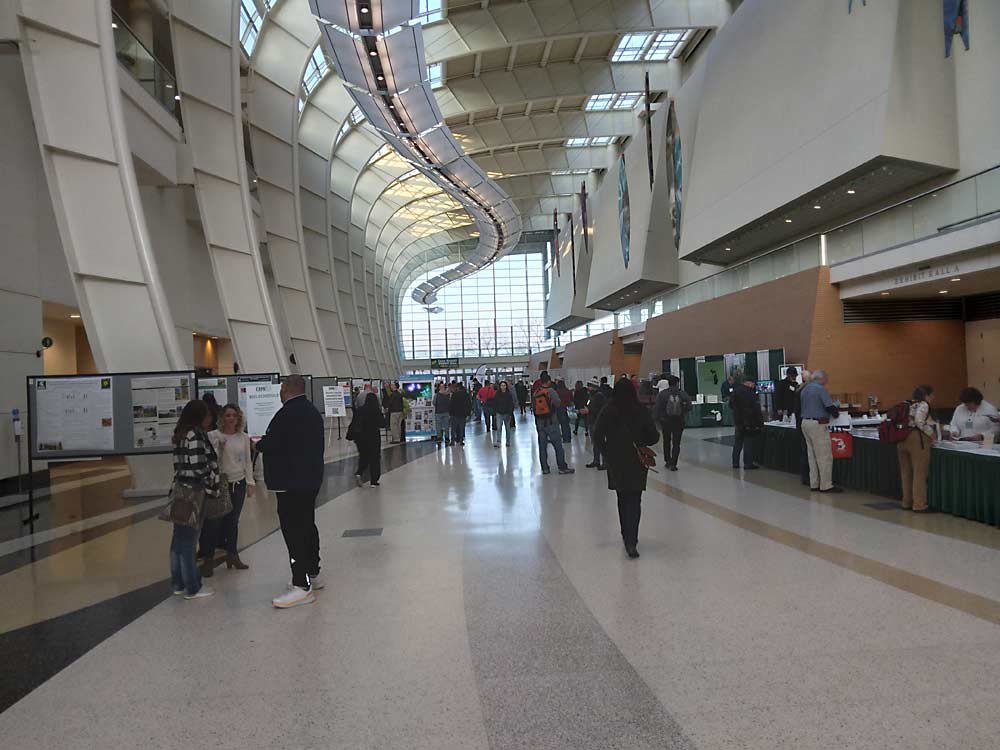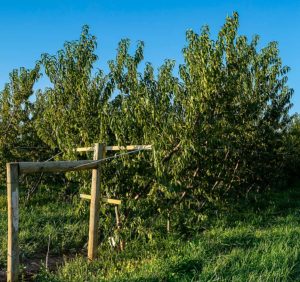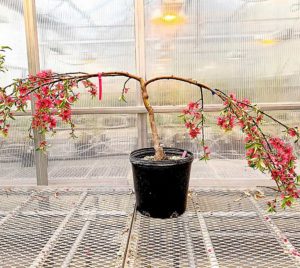
Greg Lang is calling for a stone fruit revolution.
With a little help from his fellow researchers, the Michigan State University horticulture professor hopes to push peaches and other stone fruit down the trail blazed by apples and cherries. There’s a lot of catching up to do.
Lang talked stone fruit during Day 2 of the Great Lakes Fruit, Vegetable and Farm Market EXPO in Grand Rapids, Michigan, on Dec. 7. He said that during the past 25 years, U.S. apple production has stayed at about the same level, even though acreage has decreased by nearly a third. That means apple growers have become a lot more productive. It’s a similar story with sweet cherries, which have seen a boost in acreage but an even bigger boost in production over the past 25 years, he said.
In the same time period, stone fruit production and acreage have both been halved. Overall production has declined significantly, while yields per acre have stayed about the same. The contrast with apples and cherries couldn’t be more obvious, Lang said.
“That’s why we want a revolution,” he said. “That’s why we’re trying all kinds of crazy new ideas.”
So, what’s been holding back stone fruit?
One factor is rising labor costs and declining availability of skilled labor, but the biggest factor might be the trees themselves. Peach trees are generally large, vigorous and widely spaced with complex canopies. Managing them requires a huge amount of labor, Lang said.
But managing a stone fruit tree is no more of a challenge than managing a cherry tree, which is constantly striving to achieve its birthright as a 120-foot-tall forest giant. Over the last few decades, researchers and breeders have tamed the cherry tree’s excessive growth with a combination of dwarfing rootstocks and vigor-diffusing training systems, he said.
Stone fruit needs to take the same leap forward, and the ability to jump has finally arrived, Lang said.
During the same stone fruit session, MSU professor Courtney Hollender, who studies tree architecture, discussed growth habit considerations for planar peach and plum systems. Penn State pomologist Jim Schupp discussed the new stone fruit developments he’s been studying, including size-controlling rootstocks, tighter spacings and chemical thinning.
Schupp told Good Fruit Grower that tree spacing has a “profound effect” on peach tree vigor, every bit as much as rootstocks. The higher the density, the greater the root competition and the smaller the tree. Fruit size and yield per tree decline with increasing density, but yield per acre goes up because of the greater number of trees. Fruit size might be the “Achilles heel” of intensive peach systems, dictating how close trees can be planted. A 2-foot spacing might work for apples, but it’s too close for peaches, he said.
Spacings of 4 by 12 feet or 5 by 12 feet might be ideal for high-density peaches, Schupp said.
—by Matt Milkovich








Leave A Comment